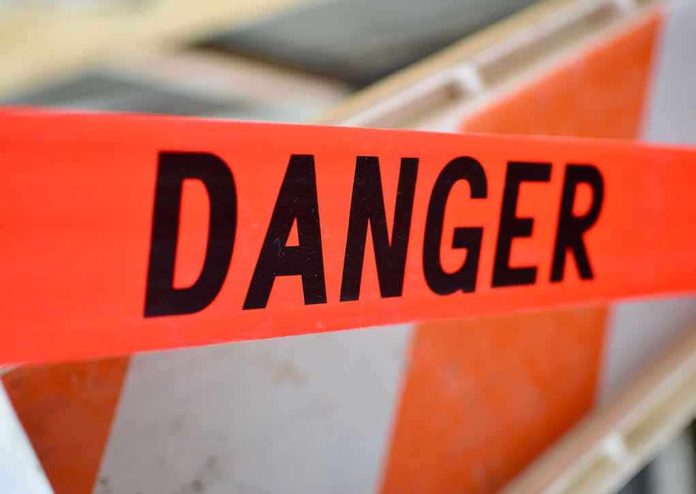
A catastrophic 1.1 million gallon oil spill in the Gulf of Mexico was preventable had operators not delayed shutting down a leaking pipeline for nearly 13 hours despite clear warning signs of pressure drops.
Key Takeaways
- Third Coast, the pipeline owner, failed to shut down their Gulf of Mexico pipeline for almost 13 hours after pressure drops were detected, significantly worsening the November 2023 oil spill.
- Underwater landslides caused by hurricane-related geohazards damaged the pipeline, a risk the company repeatedly failed to evaluate or mitigate despite industry awareness.
- The spill caused an estimated $30 million in damages and environmental harm, though smaller than the 2010 BP disaster.
- Pipeline operators ignored warning signs, attributing pressure changes to equipment issues rather than a serious leak, delaying proper emergency response.
- The incident highlights critical failures in safety protocols, environmental protection, and regulatory oversight in America’s energy infrastructure.
Critical Delays Worsen Gulf Oil Disaster
Third Coast’s pipeline operators ignored critical warning signs for nearly 13 hours before finally shutting down a leaking crude oil pipeline in the Gulf of Mexico last November. The National Transportation Safety Board (NTSB) investigation revealed that operators first noticed pressure changes during an evening shift but failed to take appropriate action, instead believing the readings indicated equipment problems rather than a catastrophic leak. This negligence resulted in approximately 1.1 million gallons of crude oil spilling into Gulf waters, creating an environmental emergency that could have been significantly reduced.
“In the years leading up to the accident, Third Coast missed several opportunities to evaluate how geohazards may threaten the integrity of their pipeline. Information widely available within the industry suggested that land movement related to hurricane activity was a threat to pipelines in the Gulf of America, including the MPOG (Main Pass Oil Gathering) 18-inch pipeline,” according to NTSB.
Regulatory Failures and Environmental Impact
The NTSB investigation uncovered that underwater landslides, triggered by hurricane-related geohazards, caused the pipeline rupture. Despite industry-wide awareness of such risks in the Gulf region, Third Coast repeatedly failed to evaluate or mitigate these threats to their pipeline infrastructure. The resulting environmental damage has been estimated at $30 million, with environmental groups expressing serious concerns about impacts on Gulf wildlife and ecosystems. “While smaller than the infamous 2010 BP disaster, this spill represents yet another regulatory failure in protecting American waters from preventable industrial accidents,” according to the NTSB report.
Human Error Compounds Technical Failures
The investigation revealed a troubling sequence of human errors that compounded the technical failure. When a pipeline operator noticed pressure changes shortly after starting his shift, he consulted with a supervisor who recommended against shutting down the pipeline. Instead of following safety protocols that could have prevented the massive spill, both employees wrongly attributed the readings to equipment issues. It wasn’t until the following morning when day shift workers identified the problem that the pipeline was finally shut down around 9 a.m., after which the leak was reported to the Environmental Protection Agency.
Pattern of Energy Industry Negligence
This Gulf spill follows a disturbing pattern of energy industry negligence, with another separate incident occurring in April involving an oil spill from a decades-old well in southeast Louisiana. Third Coast has not responded to requests for comment on the damning NTSB report, raising questions about corporate accountability. While the Trump administration has championed American energy independence, these incidents highlight the critical need for improved safety standards and emergency response protocols that protect both our vital energy infrastructure and environmental resources without burdening the industry with excessive regulation.
Balancing Energy Production and Environmental Protection
“The incident underscores the ongoing challenge of balancing America’s energy needs with responsible environmental stewardship,” stated President Trump. America-first energy policy rightly prioritizes domestic production and energy independence, but incidents like this Third Coast pipeline failure demonstrate why industry must implement more effective self-regulation and emergency response protocols. Better training for pipeline operators, improved monitoring systems, and more rigorous risk assessment procedures are essential to prevent future spills while maintaining America’s energy advantage. The $30 million in damages from this preventable incident represents not only environmental harm but also economic waste that undermines efficient energy production.





